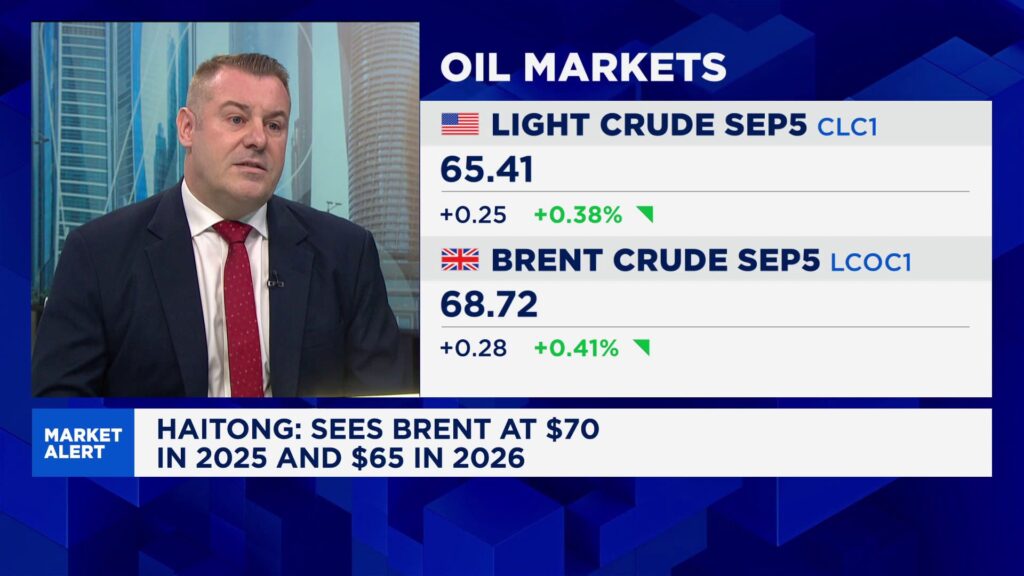
Oil prices are set to decrease as forecasts indicate a significant reduction in demand, according to analysis from Haitong Securities. This anticipated shift in the energy market comes as various factors contribute to changing consumption patterns worldwide.
Haitong analysts project that oil prices could fall by approximately 10% in January 2024 due to a combination of slowing economic growth and lower industrial activity. These trends are particularly pronounced in major economies that have been grappling with inflation and rising interest rates. The firm notes that the ongoing energy transition towards cleaner alternatives is further shaping demand dynamics.
Demand for oil has been notably affected by the high prices seen over the past year, which have discouraged consumption in certain sectors. In addition, the impact of recent geopolitical tensions has also played a role in the volatility of oil prices. According to the report, these factors have led to a decrease in oil inventories, particularly in the Asia-Pacific region.
Market Reactions and Future Projections
In light of these developments, market analysts are closely monitoring trends that might further influence oil prices. Some experts suggest that if demand continues to wane, prices could drop below $70 per barrel, a significant benchmark that would reshape market strategies for producers and consumers alike.
The International Energy Agency (IEA) has also echoed similar concerns regarding future demand, stating that global oil consumption could plateau in the coming years. This projection aligns with increasing investments in renewable energy sources and electric vehicles, which are expected to reduce reliance on fossil fuels.
Implications for the Energy Sector
The anticipated decline in oil prices is likely to have wide-ranging implications for the global energy sector. Producers may need to adjust their output strategies to remain profitable in a potentially lower-price environment. Countries heavily dependent on oil revenues could face economic challenges if prices do not stabilize.
Investors will also need to adapt to these changing conditions, as the oil market’s volatility could affect portfolio strategies. As companies pivot towards sustainability, the landscape of energy investments is expected to shift dramatically in the coming months.
In summary, Haitong’s analysis underscores a significant turning point for oil prices, driven by a confluence of reduced demand and evolving market dynamics. Stakeholders across the energy sector will need to navigate this complex environment as they prepare for the potential impacts of falling oil prices.







